A nearly 300-year-old pagoda in Ho Chi Minh City continues to captivate visitors not only with its peaceful surroundings and historic architecture but also for holding the national record for the most decorative ceramic plates - and more than 100 rare gold-gilded religious relics.
Centuries-old Giac Lam Pagoda and its tranquil legacy

Tucked within a lush, tree-covered compound, Giac Lam Pagoda - also known as To Dinh Giac Lam in District 5 - offers a serene and spiritual escape in the heart of the city.
Just past the grand three-entrance gate, visitors are greeted by a towering stupa that dominates the skyline.
Unlike many ancient temples, Giac Lam’s inner gate is flanked by two statues of Western-style guardian lions. The entrance does not lead directly to the main hall; instead, visitors enter through smaller side doors.
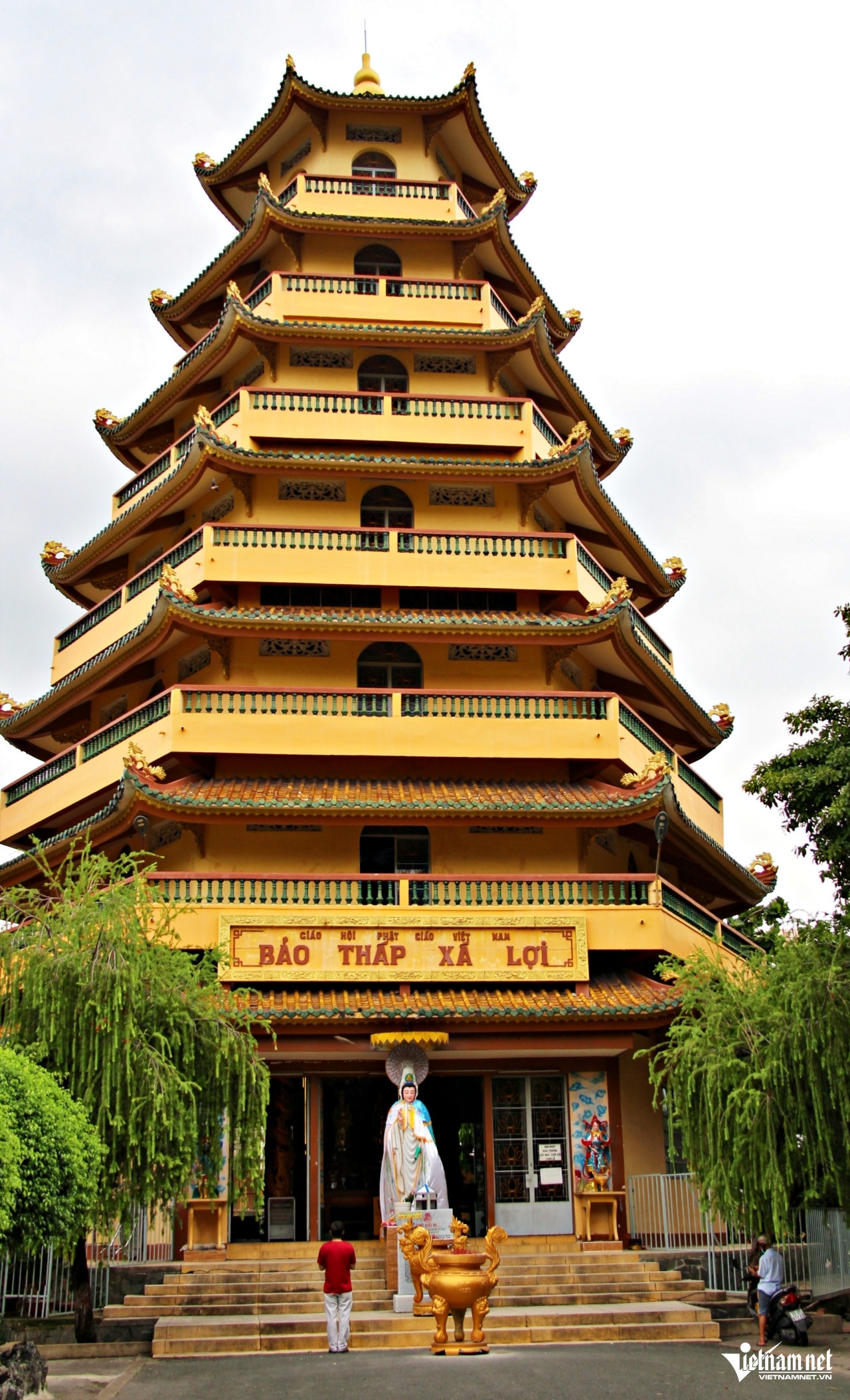
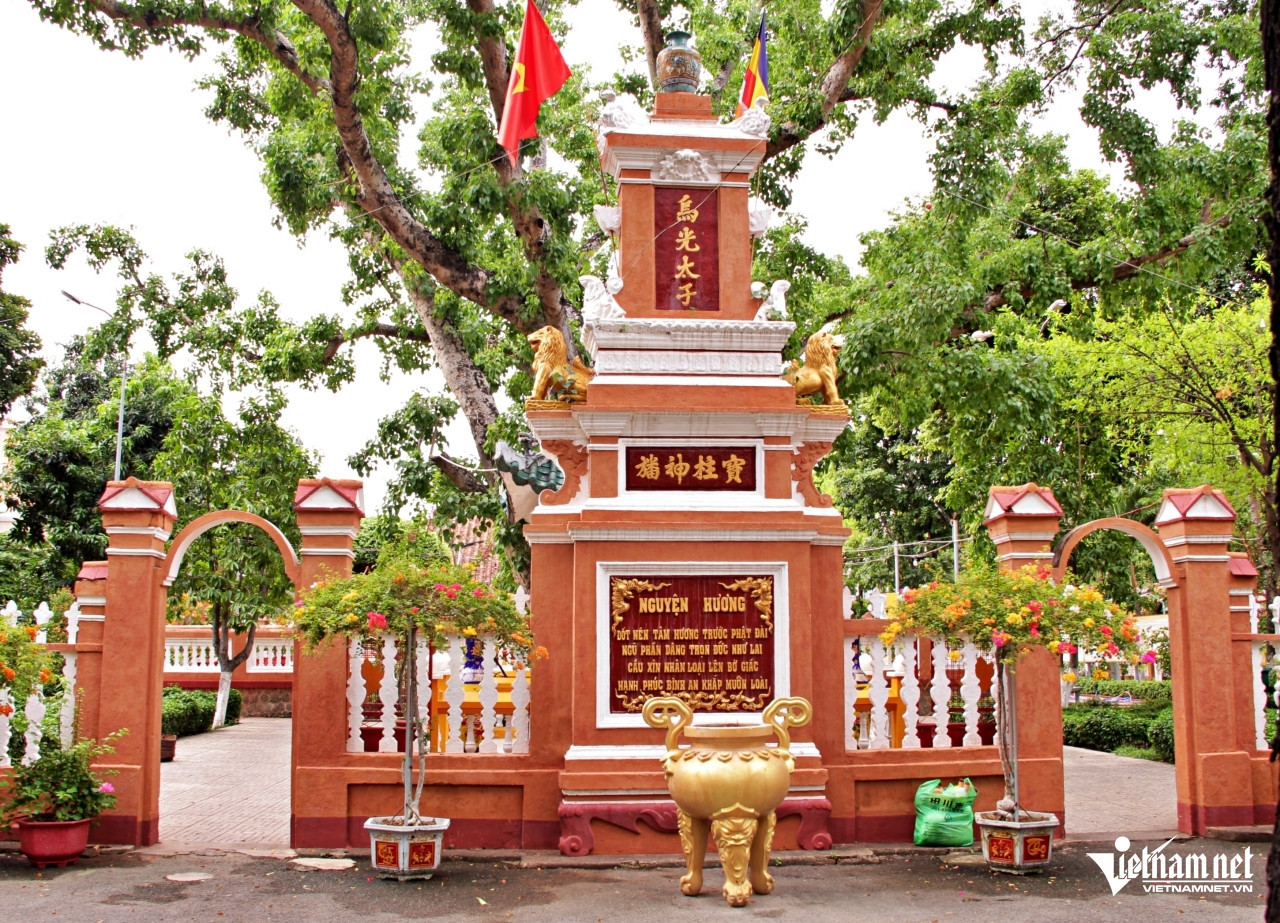
Historical documents held by the temple indicate that Giac Lam was founded in 1744 by a Minh Huong layperson named Ly Thuy Long. Originally called Cam Son, Son Can, or Cam Dem, the temple was first built as a thatched hut.
After construction, Ly Thuy Long entrusted the temple to Zen Master Phat Y. Later, it was passed down to his disciple, Zen Master Vien Quang, who became its abbot.
Over time, Giac Lam has had 11 abbots and undergone multiple restorations. Now approaching 300 years old, it is one of the oldest pagodas in Ho Chi Minh City.
In her book Giac Lam Pagoda: Historical and Cultural Relic, Associate Professor Dr. Tran Hong Lien notes, “The pagoda’s floor plan follows a ‘tam’ (three-part) layout, believed to have evolved from the ‘inner palace - outer nation’ architectural form seen in ancient Northern temples.”
The roof is designed in the shape of a rice cake and is covered with yin-yang tiles. The ridge is decorated with glazed ceramic motifs of “two dragons chasing a pearl.”
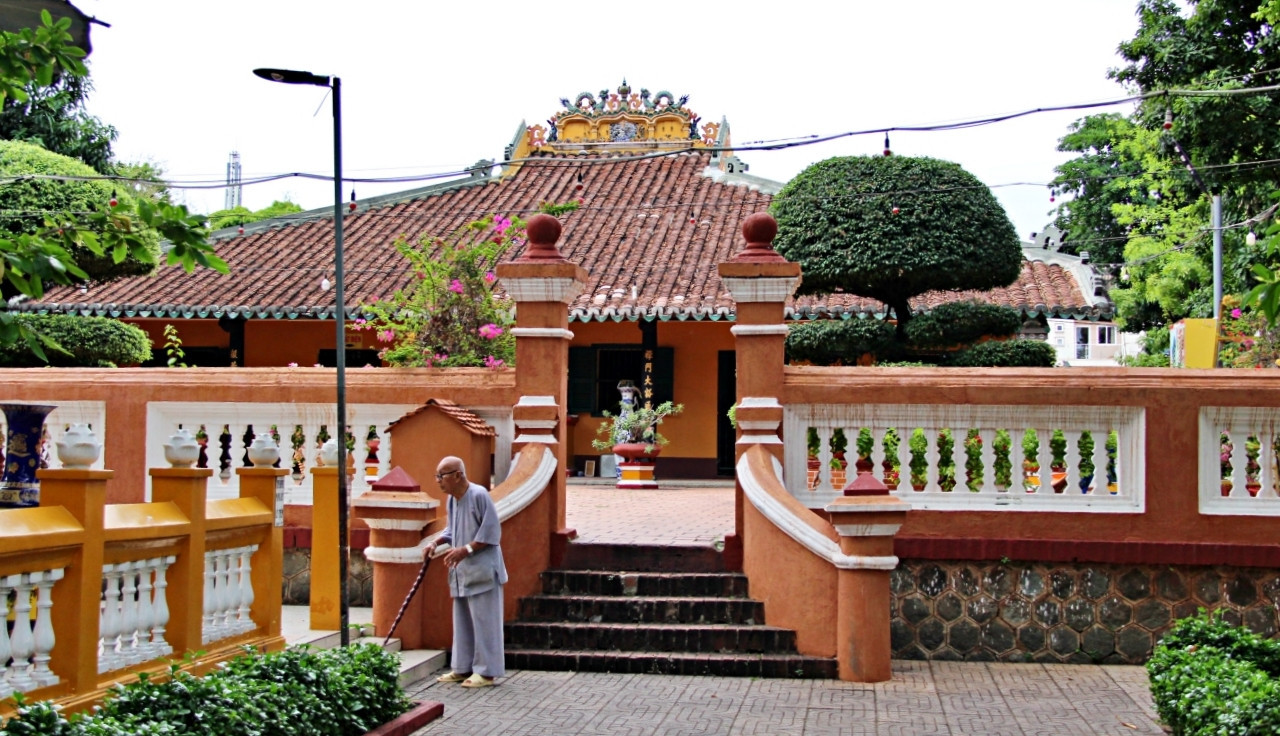
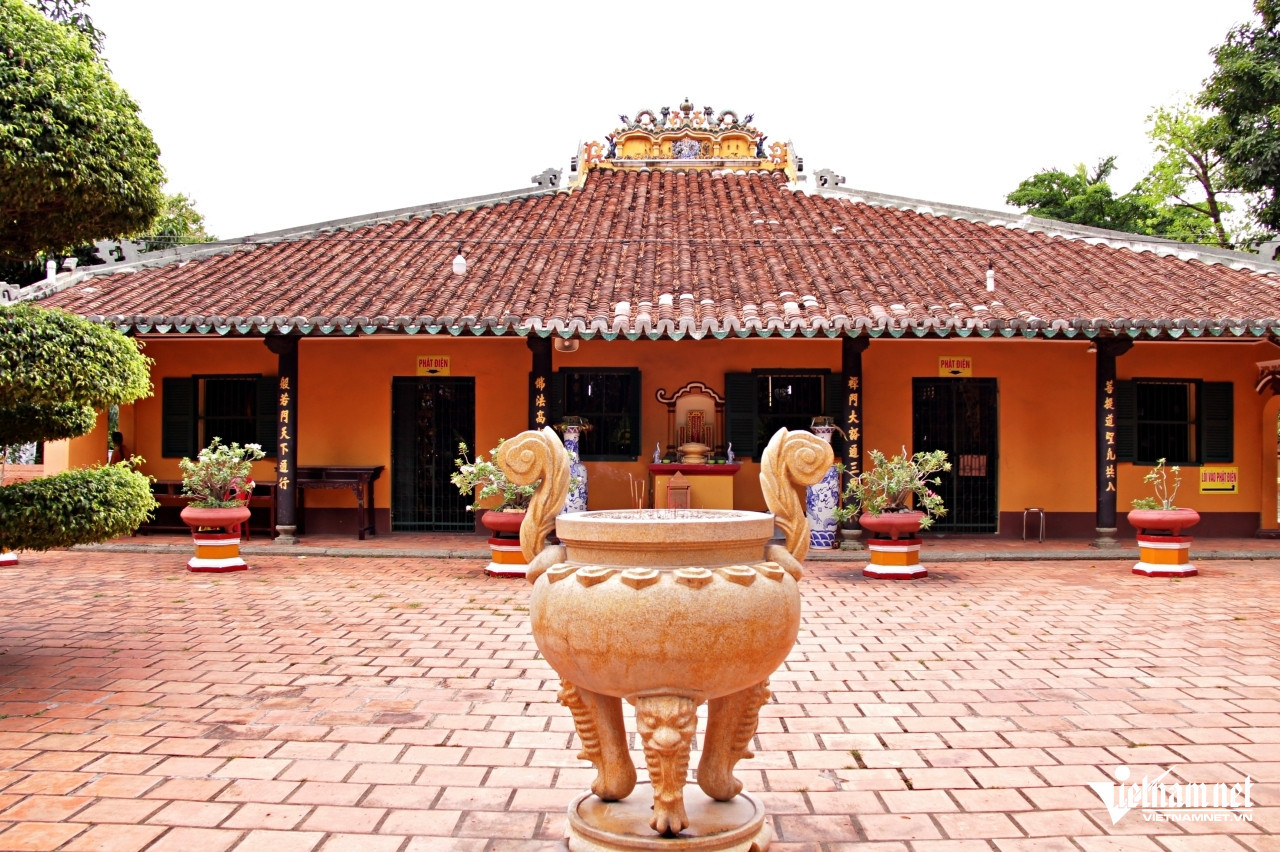
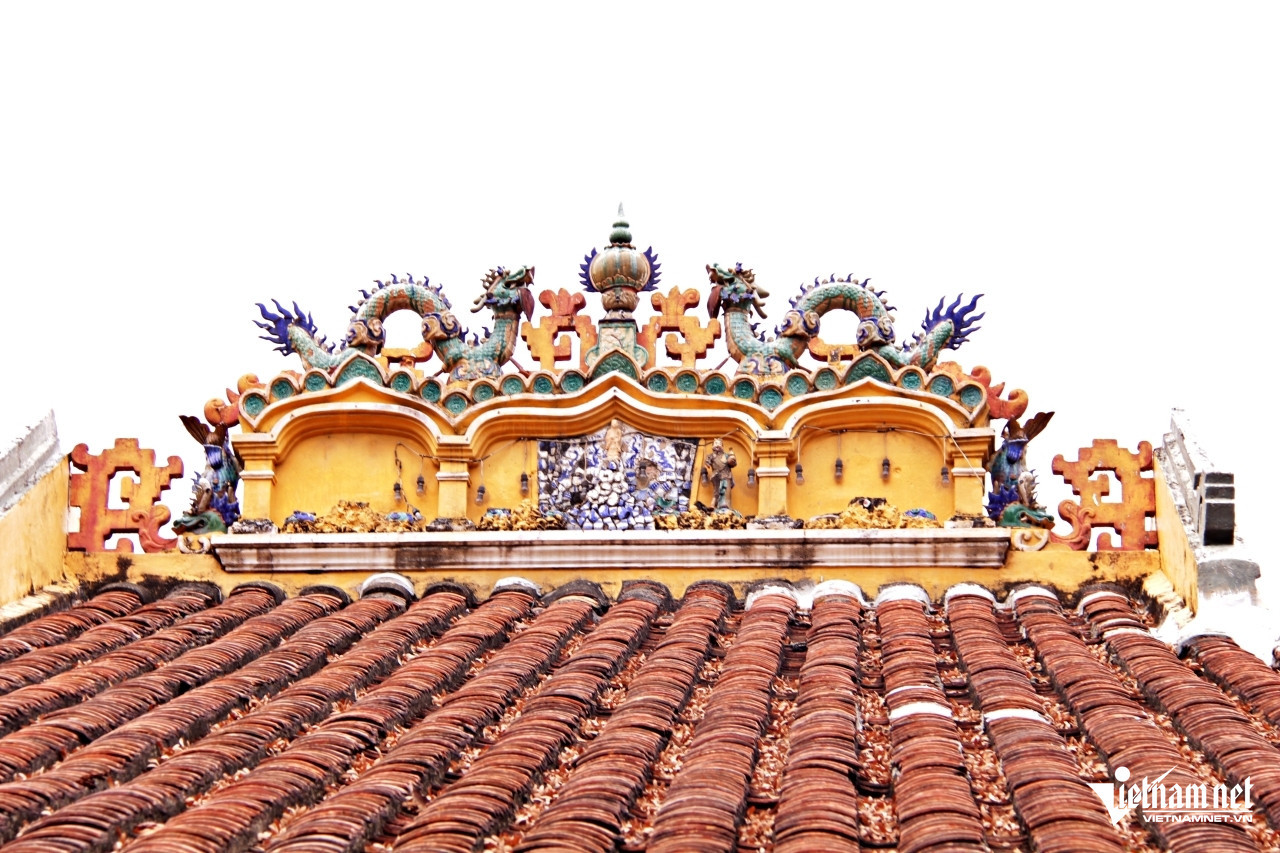
The tops of the main hall’s walls and other structures are adorned with over 7,000 antique porcelain plates. This earned Giac Lam the record for having the highest number of decorative ceramic plates of any temple in Vietnam.
The main hall follows the "one nave, two wings" architectural style, featuring four main columns known as “tu tru,” arranged according to the “worship Buddha first, ancestors later” layout. Wooden pillars are carved with calligraphy plaques and gold-gilded parallel sentences.
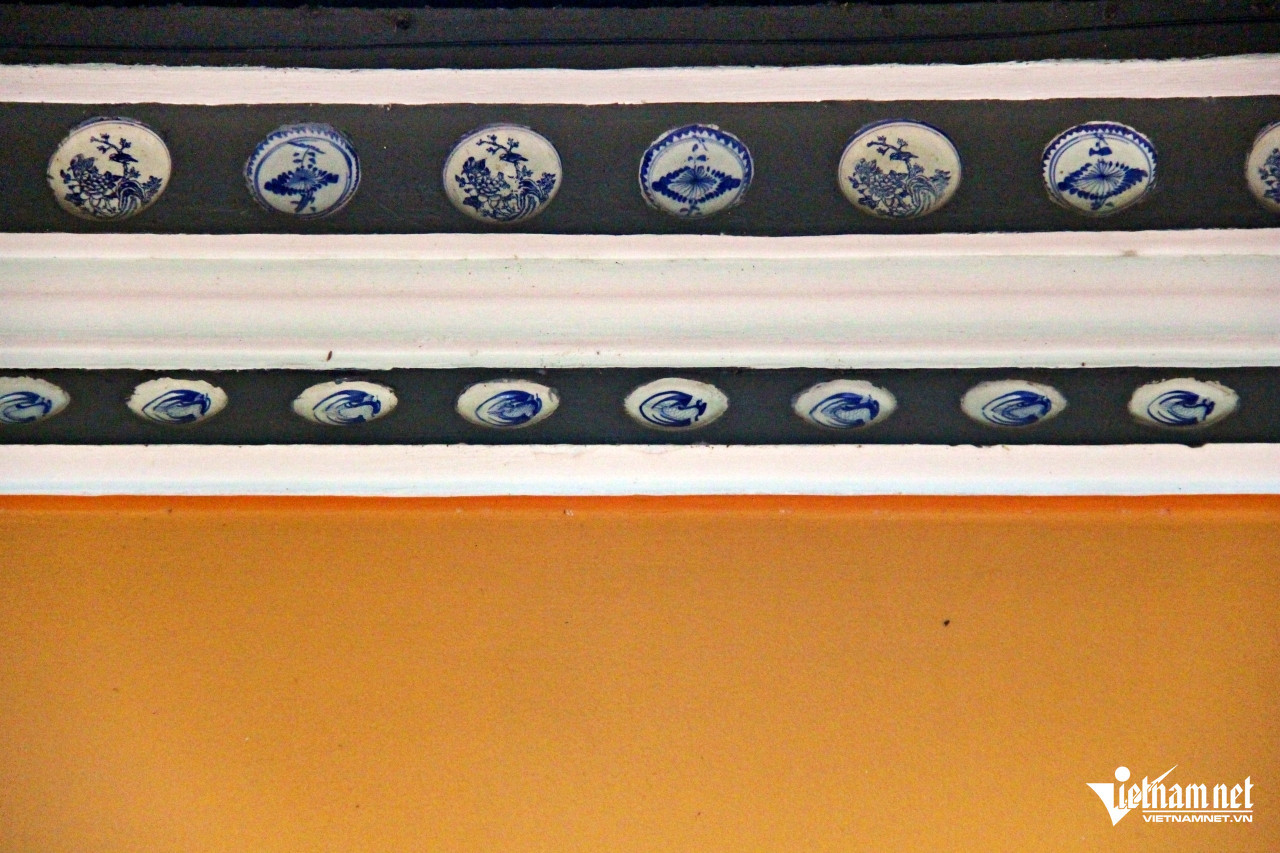
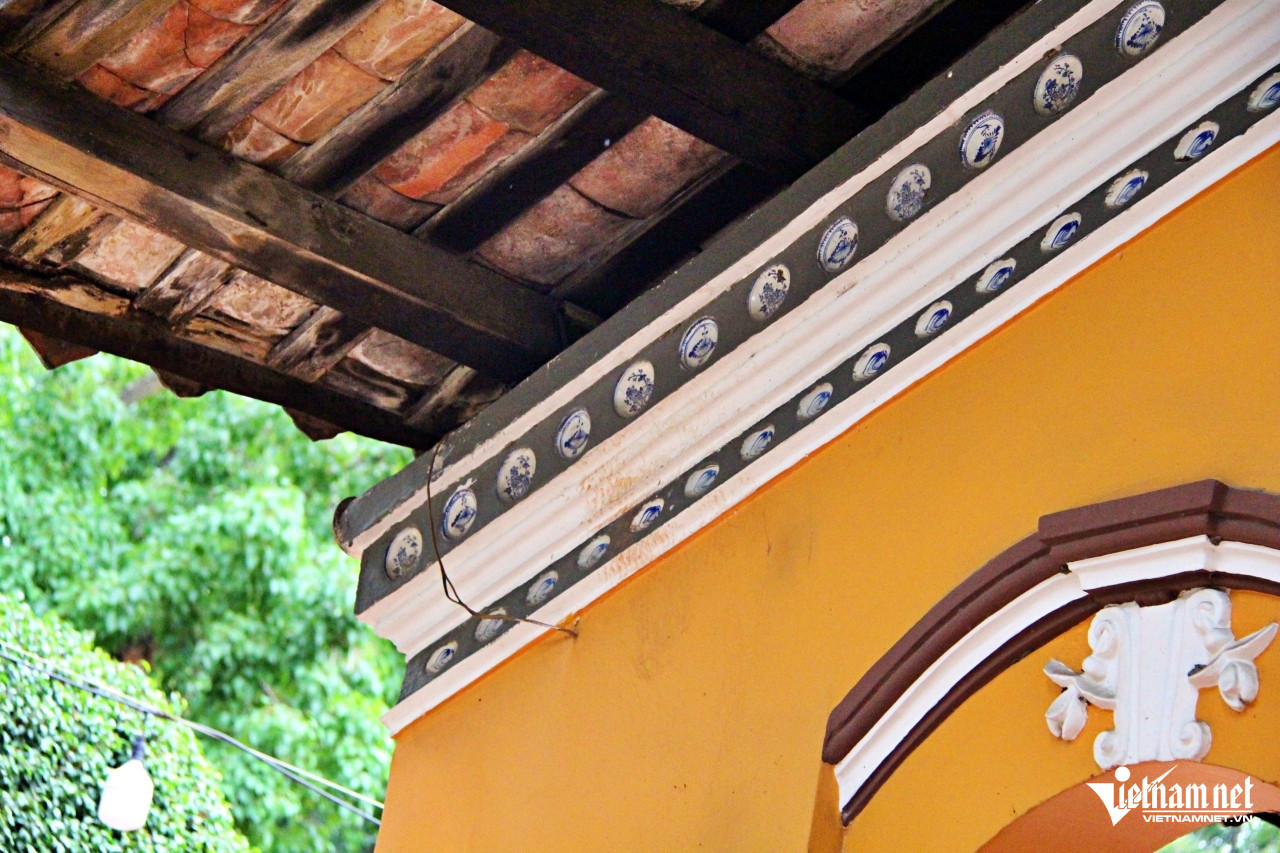
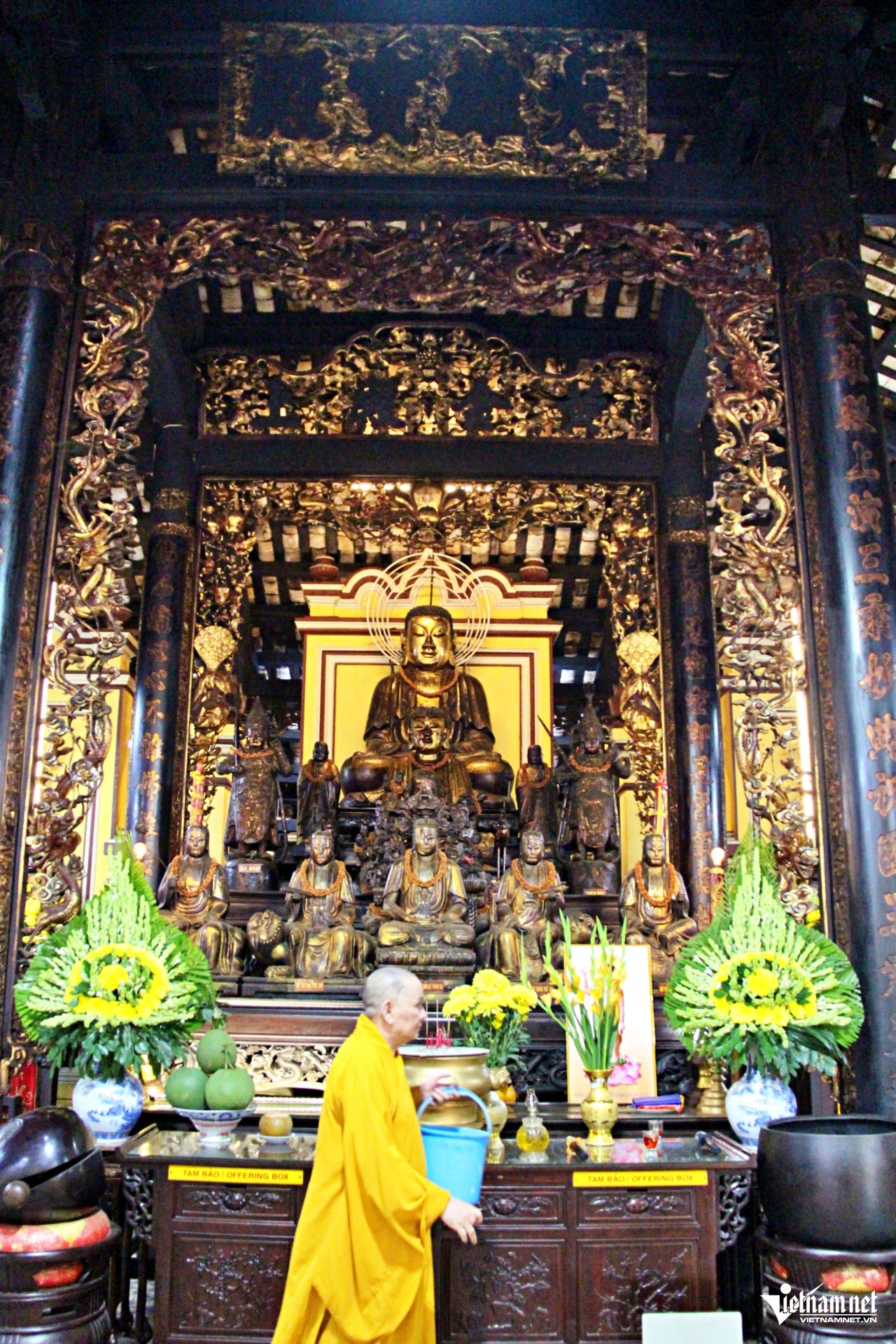

Inside the hall, intricately carved and gilded wooden screen panels (bao lam) are rich in decorative motifs and thematic variety. Along the two side walls are numerous weathered statues, and in the center stands a seven-tiered altar featuring statues of Amitabha Buddha, Shakyamuni, Maitreya, and a unique set of five figures.
A hundred golden “treasures”
Beyond its architectural grandeur, Giac Lam houses an extraordinary collection of ancient statues - 113 in total, most carved from wood, with just seven cast in bronze.
Among the prized artifacts are statues of Amitabha, Shakyamuni, Maitreya, Mahasthamaprapta Bodhisattva, Avalokitesvara, Kṣitigarbha, the Nine Dragons set (bronze), the 18 Arhats, the Ten Kings of Hell, Bodhidharma, the Dragon King, and a particularly rare set of five wooden statues.
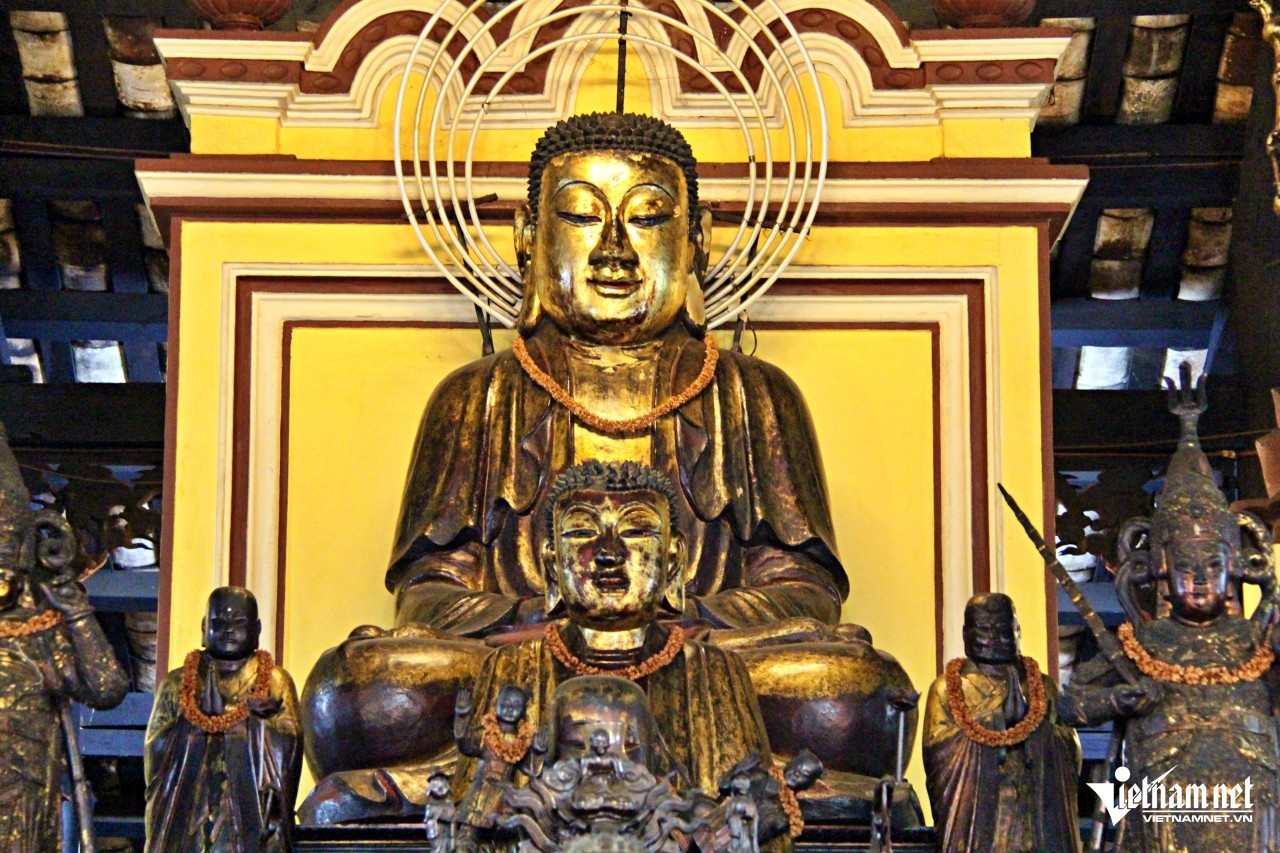
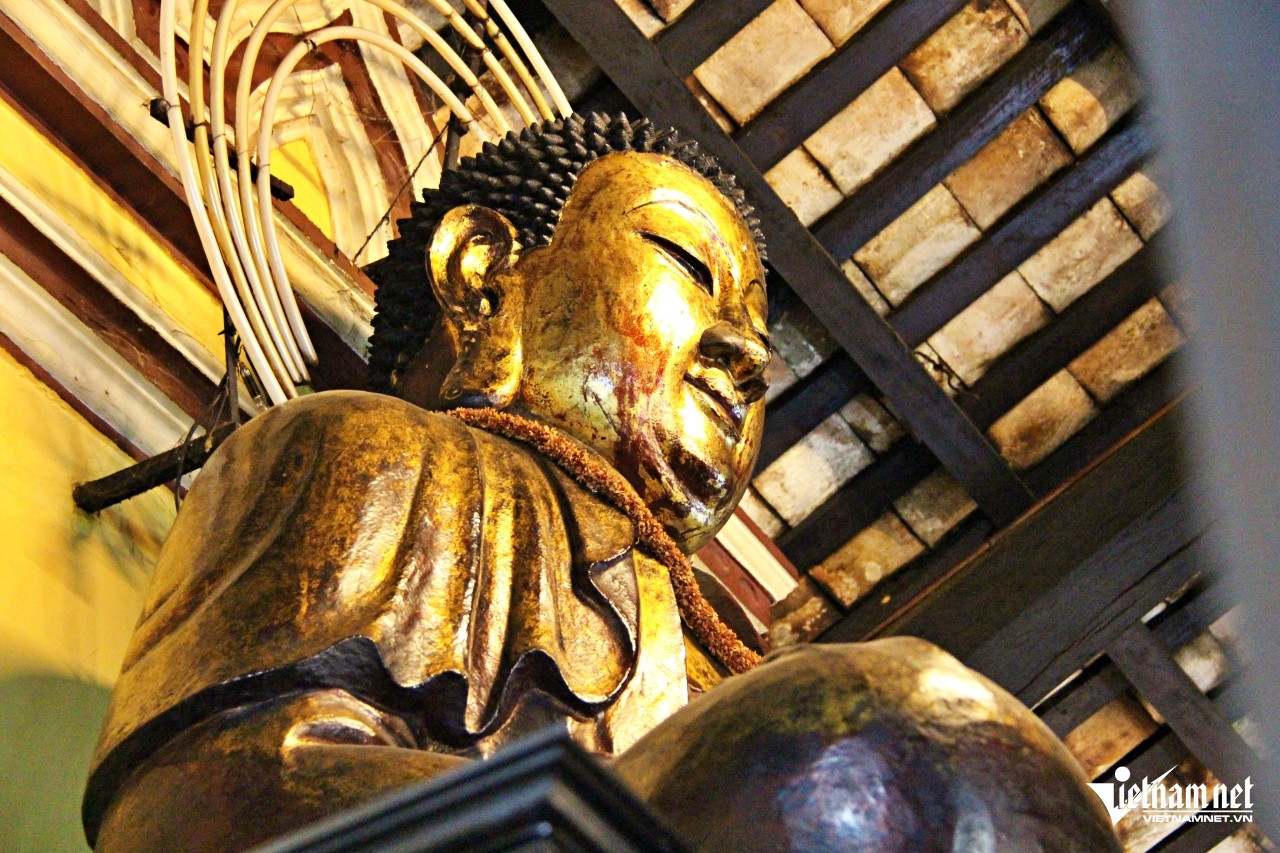
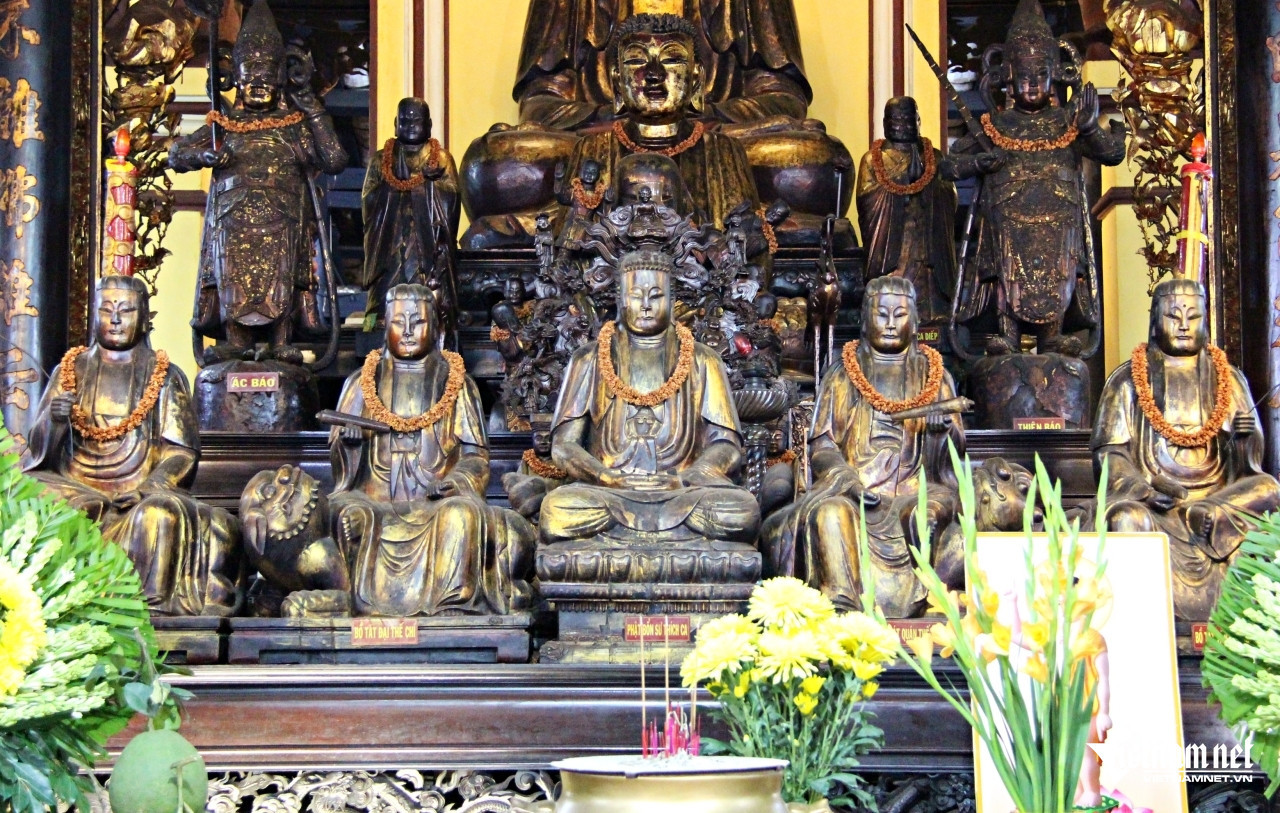

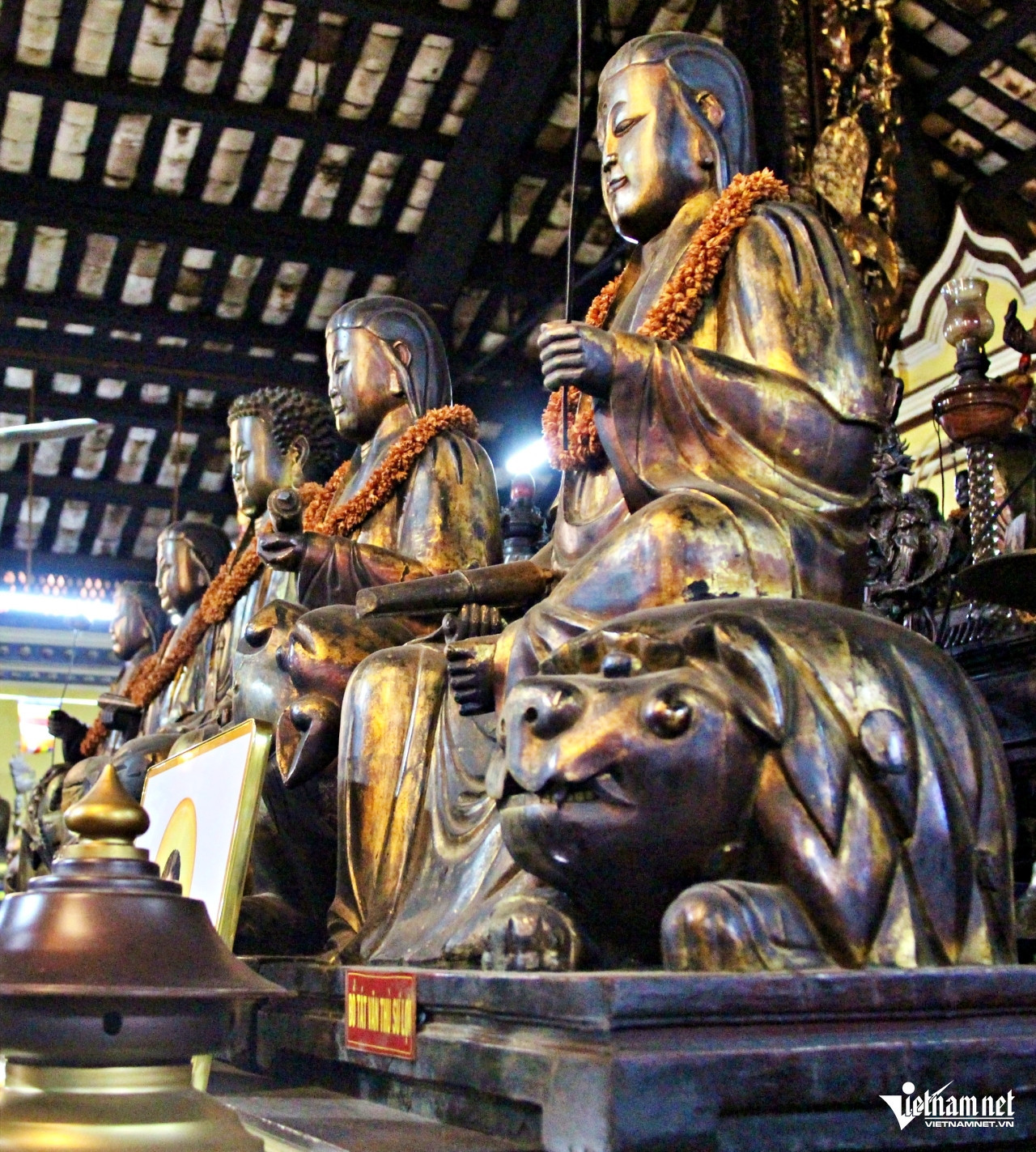
Research by Dr. Tran Hong Lien suggests the statues span different periods, with the majority dating back to the mid-18th to early 19th centuries.
The five-figure set is considered the most remarkable. Carved from mit nai wood (a large tree species reaching up to 20 meters in height), these statues are gold-gilded, approximately 80 cm tall, and date from the 19th century.
The centerpiece is a statue of Shakyamuni Buddha seated on a lotus pedestal. The four bodhisattvas surrounding him are also seated atop symbolic animals: Samantabhadra on an elephant with a lotus stem in hand, Mahasthamaprapta and Avalokitesvara riding lions while holding scrolls, and Manjushri with a ruyi scepter, also mounted on a lion.
A resident monk shared that the statues are all over a hundred years old. “They are gilded with real gold. These statues are considered treasures, and we strive to preserve them in their original condition,” he said.
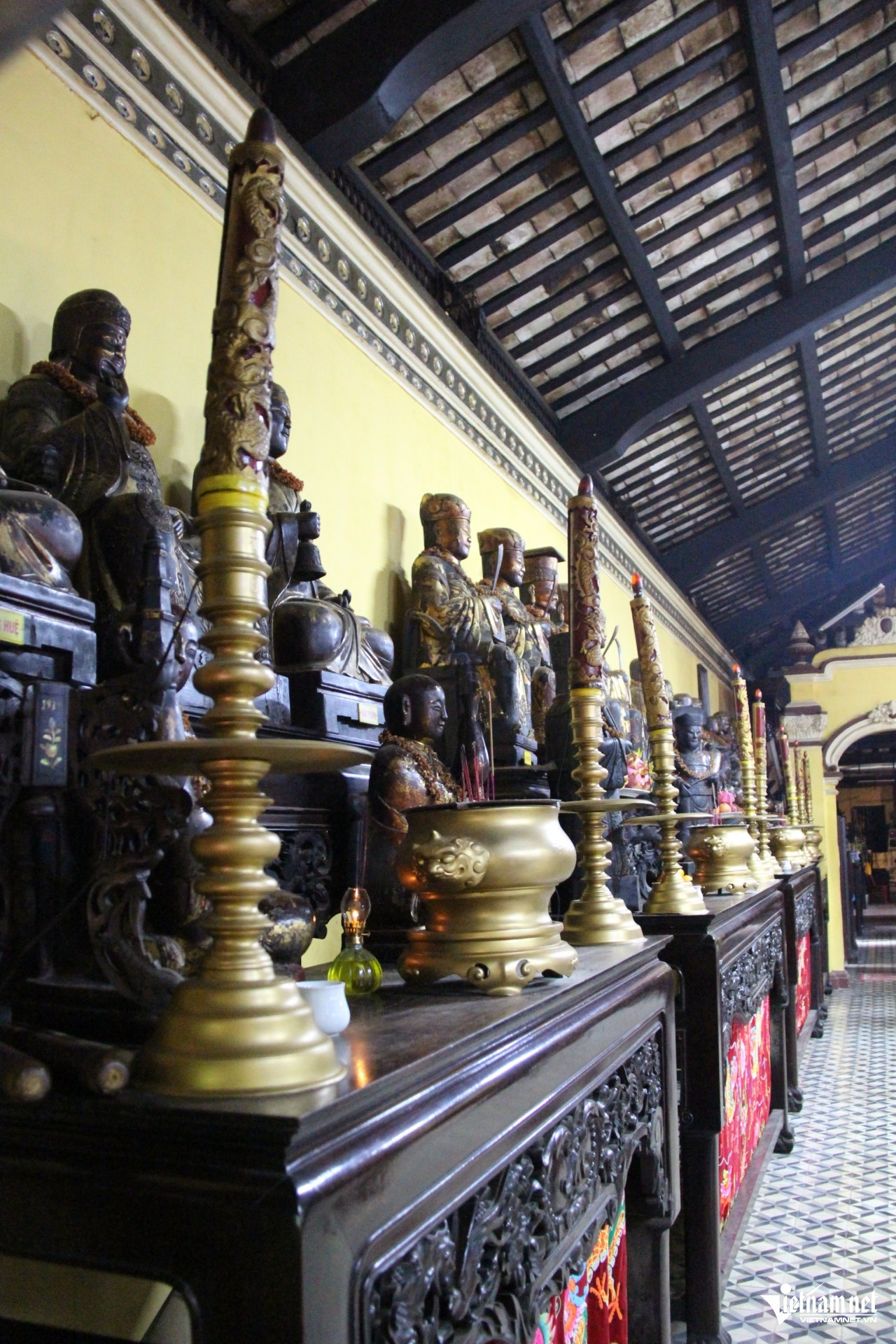
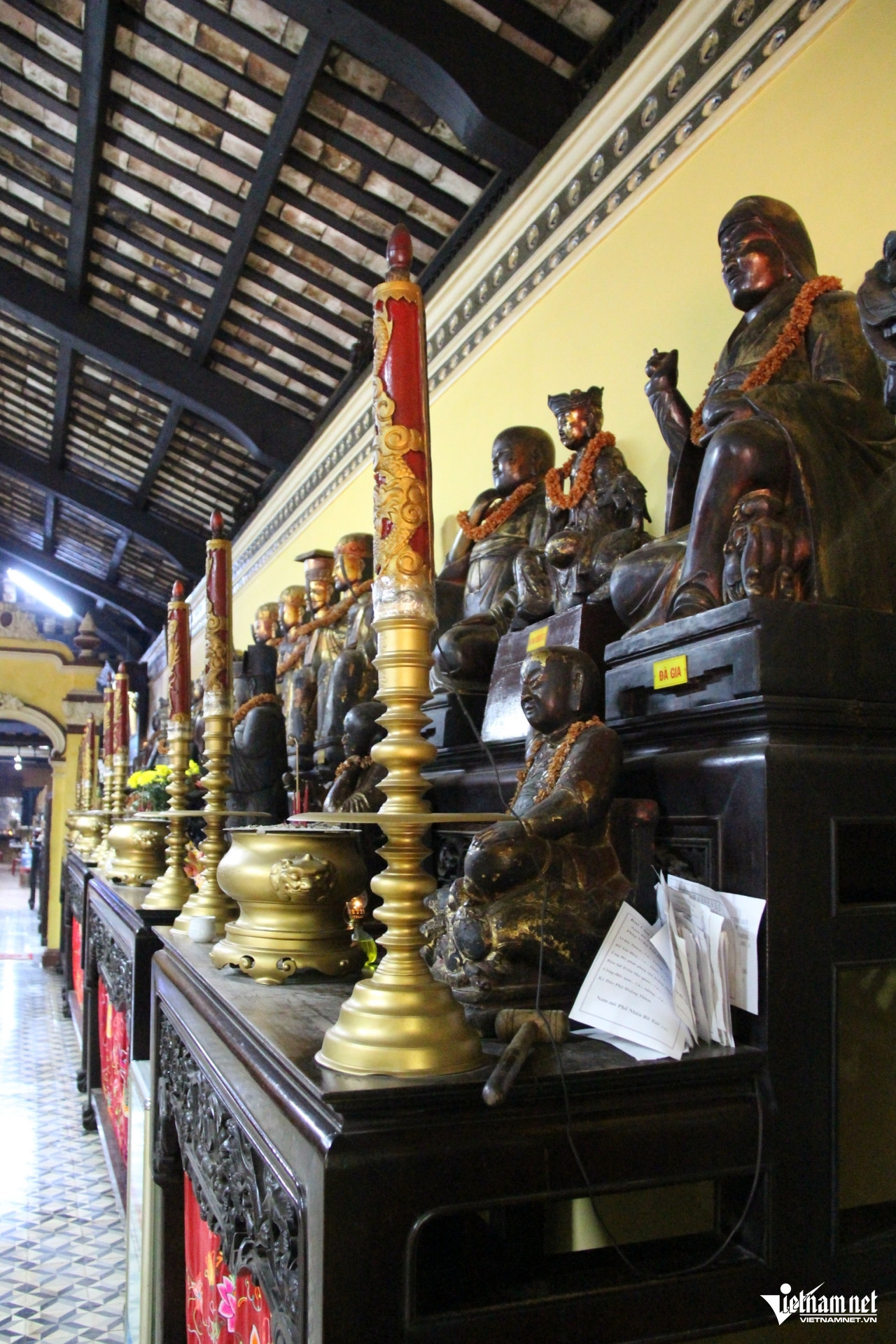
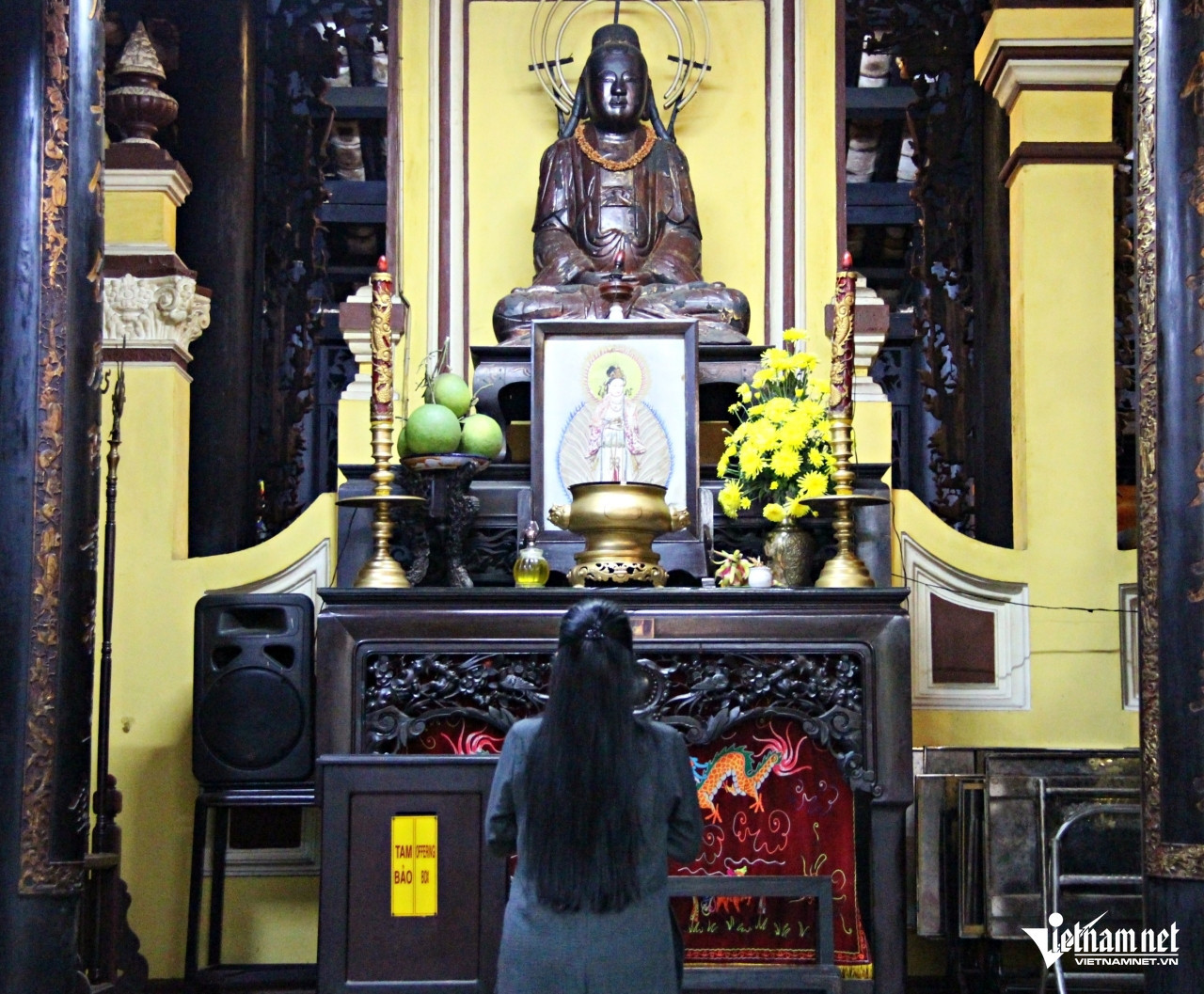
“To prevent damage, we clean and dust them regularly. On major Buddhist holidays like Vesak, we perform meticulous and cautious cleanings,” he added.
Thanks to its historic and artistic significance, Giac Lam Pagoda attracts a steady flow of visitors and worshippers daily. It is regarded as the ancestral temple of the Lam Te Zen lineage in southern Vietnam. On November 16, 1988, the Ministry of Culture (now the Ministry of Culture, Sports and Tourism) recognized the temple as a National Historic and Cultural Monument under Decision No. 1288-VH/QD.
Ha Nguyen